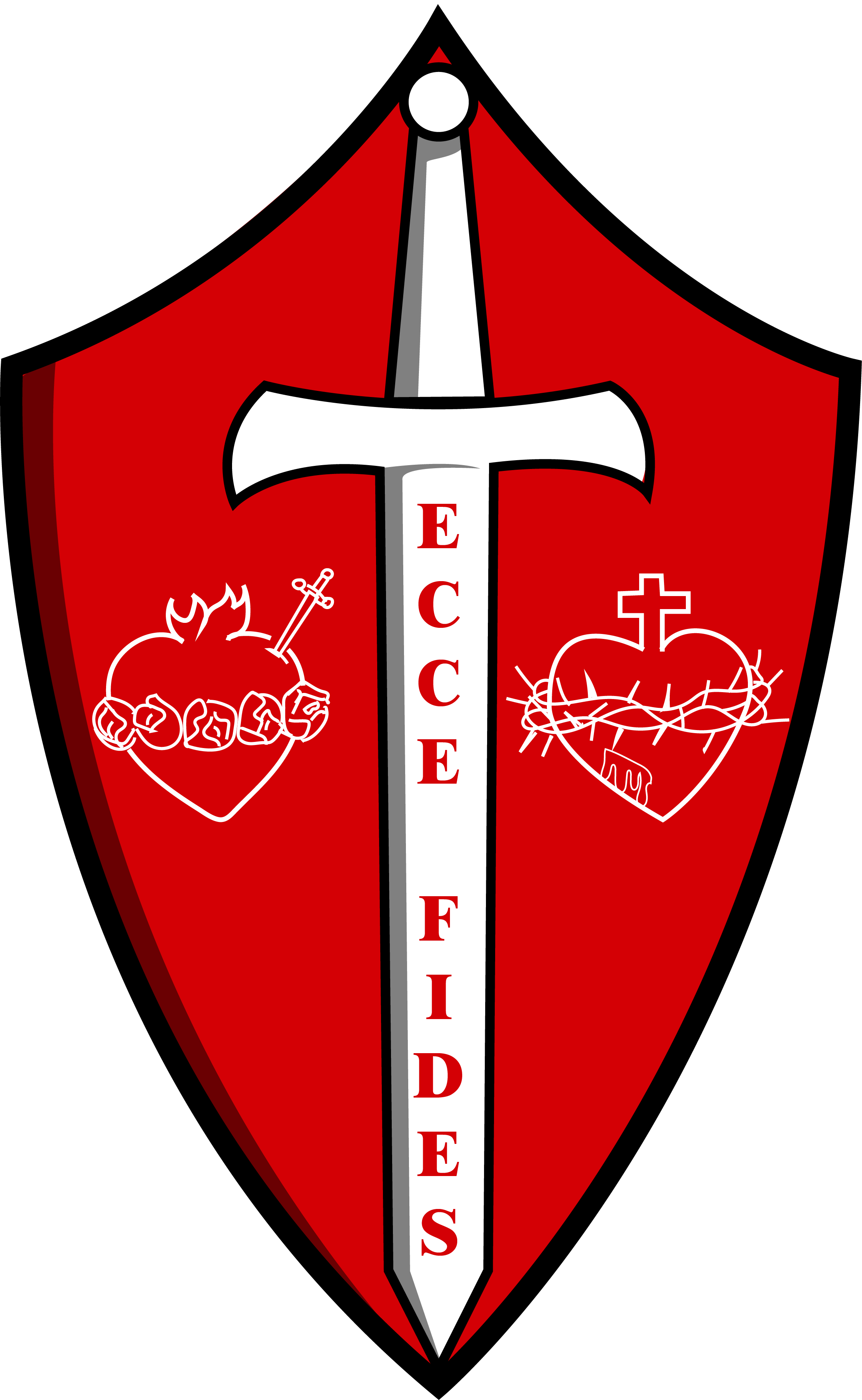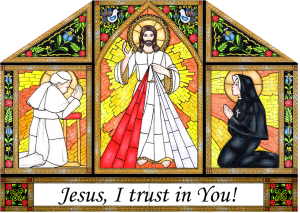The Catechism of the Catholic Church (CCC) teaches that prayer is primarily addressed to the God our Father. It can also be directed toward His Son, Jesus, particularly by the invocation of His holy name: “Lord Jesus Christ, Son of God, have mercy on us sinners” (CCC 2680). As St Paul teaches “No one can say Jesus is Lord except by the Holy Spirit” (1 Cor 12:3) and so the Church encourages us to invoke the Holy Spirit as the interior Teacher of Christian prayer (2681). Because of Mary’s singular cooperation with the action of the Holy Spirit, the Church loves to pray in communion with the Blessed Virgin, to magnify with her the great things the Lord has done for her (Luke 1: 49), and to entrust supplications and praises to her (2682). In prayer, the pilgrim Church is associated with that of the saints, whose intercession she asks (2692). These witnesses who have preceded us into the kingdom, share in the living tradition of prayer by the examples of their lives, the transmission of their writings, and their prayers today. They contemplate God, praise Him, and constantly care for those whom they have left on earth, and their intercession is their most exalted service to God’s plan (2683).
Praying with Scripture permits us to enter into Divine Mercy with the confidence of the Word of God. In the Old Testament we encounter Divine Mercy in the School of Trust. Consider the Psalms, especially 36:9 “For with you is the fountain of life; in your light do we see light.” St Theresa of Lisieux would write about following the light faithfully toward heaven, accepting this light as God’s grace leading us to Jesus. The Prophet Isaiah (40:29-31) teaches to trust in the Lord “who gives His power to the faint … those who wait for the Lord shall renew their strength.” Throughout the Scriptures God gives us many promises, to forgive the contrite and strength to obey his commandments. In the Gospels, Divine Mercy takes a human face in the Incarnation: Jesus the Christ. In St Mark (1:14-15) Jesus announces the Good News that “the time is fulfilled, and the kingdom of God is at hand; repent and believe in the gospel.” St Luke speaks to the depth of God’s love and mercy: “through the tender mercy of our God, the day shall dawn upon us from on high to give light to those who sit in darkness and in the shadow of death” (Luke 1:78-79).
Pope St John Paul was the Apostle of Mercy. In one of the most solemn acts a Pope can perform, the canonization of a saint, which is an act of Extraordinary Magisterium (“Ex cathedra”), St John Paul raised Sr Faustina to the honors of the altar. In doing so, he recognized her as “a witness and messenger of the Lord’s merciful love.” He recognized in her writings the inspiration of the Holy Spirit, of Jesus’ message that “Humanity will not have peace until it turns with trust to My mercy” (Diary 300). St Faustina saw coming from the Heart of Jesus an overflowing of generous love, two rays of light that illuminated the world. According to what Jesus told St Faustina, these rays represent the blood and the water; the blood recalling the sacrifice of the Cross and the mystery of the Eucharist; the water, Baptism and the Gift off the Holy Spirit. St John Paul concludes: “through the mystery of this wounded Heart, the restorative tide of God’s merciful love continues to spread over men and women of our times. Here alone can those who long for true and lasting happiness find its secret.”

